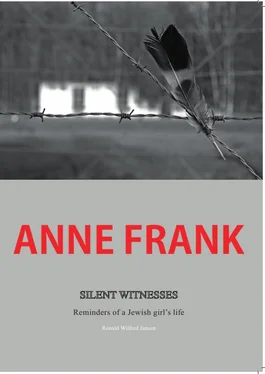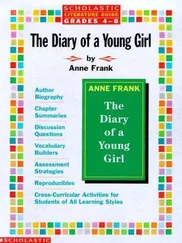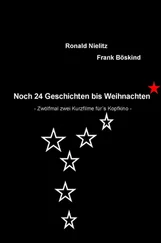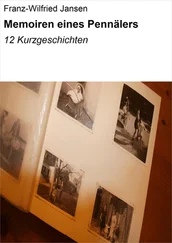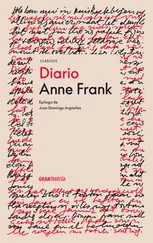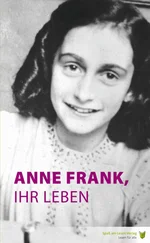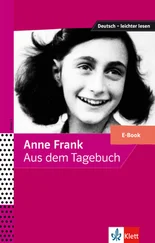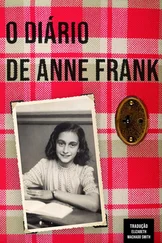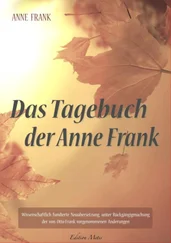The bank had to move to less costly premises on the edge of the city centre, at 20 Bockenheimer Anlage. In her diary, Anne refers to her parents’ financial situation as follows: ‘Daddy was born in Frankfurt am Main, his parents were immensely rich, Michael Frank owned a bank and became a millionaire and Alice Stern had very rich and distinguished parents. Michael Frank had not been at rich when he was young, but he duly worked his way up. In his youth Daddy had a real little rich boy’s upbringing: parties every week, balls, festivities, beautiful girls, waltzing, dinners, a large home, etc., etc. After Grandpa’s death [in 1909] all the money was lost and after the World War [WWI] and the inflation nothing was left at all.’23 The crisis and the inability of governments to turn the tide provided fertile ground for fascism in Europe. Hitler’s national- socialists were rapidly gaining ground in Frankfurt am Main and throughout Germany and, as usual, blamed the Jews for the crisis and ensuing unemployment. Since Frankfurt am Main was an important financial centre and the Jews had always been very influential there, the national-socialists regarded Frankfurt am Main as the place from which the Jews wanted to establish their worldwide rule.
Jews were increasingly confronted with harassment. Otto’s parents were members of the B’nai B’rith association. 24This support 2 group, run for and by Jews, had been established in Amsterdam in 1924. Although Otto was not very interested in Jewish traditions, he was very concerned for the fate of the Jewish people.
According to author Melissa Müller, one-fifth of the population of Westend—a district in Frankfurt am Main—was Jewish, but not many Jews lived in the Marbachweg area. 25Jewish buildings, however, indicate that a Jewish community was active around Marbachweg. On 8 September 1929, the Jewish cemetery at Eschersheimer Landstraße was founded—not even half a mile from 307 Marbachweg. The synagogues taught Hebrew and organised readings. Der Freisinnige Verein für jüdisches Gemeindeleben 26(the Liberal Society for Jewish Community Life) provided education at the Westend Synagogue.
According to Melissa Müller, there was no synagogue close to Marbachweg. 27The main synagogue was located two and a half miles from Marbachweg, in the inner city. Melissa Müller indicates that the Franks did not attend the main (liberal) synagogue, but rather the Westend one. 28The Westend synagogue had been in use since 1910, and was designed by the architect Franz Roeckle (1879-1953). It was located at 30 Freiherr-vom-Stein-Strasse, and was the first synagogue in Frankfurt am Main outside the ancient city walls. There was another synagogue at 21-23 Unterlindau, the Synagoge der Israelitischen Gemeinde (synagogue of the Israelite community)—approximately two miles from Marbachweg.
Both men and women could attend the Westend Synagogue. The inner space and balcony comprised a total of 1,600 seats. Amongst the attendants of this synagogue were descendants of the Jews who had lived in Judengasse—a ghetto. Aside from the orthodox synagogue at Friedberger Anlage, this was the largest synagogue in Frankfurt.
Hitler’s popularity grew as a result of the crisis; he continued hammering away at how the Jews were the main cause of the crisis, and in his book, Mein Kampf , the dictator revealed his plan to exterminate all Jews. Unemployed working class people, side-tracked 2 military men and industrialists thought they could capitalise on the war industry.
The environment grew increasingly hostile of Jews. Otto decided to move to 24 Ganghoferstrasse when he discovered that his landlord felt sympathetic towards the Nazis. This must have been very painful for Otto: he had fought for his country in WWI and afterwards was discarded by the Germans as a Jew. Otto must have felt betrayed.
From 1930 onwards, Hitler’s propaganda blaming the German government for not having eradicated the Jews before WWI became increasingly prominent.
People sometimes say that children were not aware of the danger at hand. 29Margot and Anne were still very young; nevertheless, they must have sensed Otto and Edith’s tensions. Parents did their utmost to keep their children aloof from the Nazi danger.
Another reason why Otto moved to 24 Ganghoferstrasse was the decline of his banking business, which forced him to look for a cheaper apartment. His sister Helene Frank (1893-1986, hereafter referred to as Helene) 30had moved to Switzerland in 1930 because it provided new job opportunities for her husband Erich Elias (1890- 1984, hereafter referred to as Erich). His brother Herbert left the family bank and moved to Paris in 1932. During the move, Anne temporarily stayed with her neighbours and their daughter, Gertrud Naumann (1917-2002), 31at 303 Marbachweg.
From late March 1931 to late March 1933, the Franks rented a five-room apartment on the ground floor of 24 Ganghoferstrasse. Unlike the one at Marbachweg, the urban villa at 24 Ganghoferstrasse did not have a balcony. It did, however, have a backyard and an inner court where Margot and Anne could play. The house was smaller than 307 Marbachweg. The family had taken their old furniture and furnished their home with pretty steel-blue couches and oval side- tables. 32The white building had a protruding façade with window shutters, and was situated in a suburb of Frankfurt am Main that was known as the poets’ district: many physicians, lawyers and architects resided here. It was one of the many urban villas in the street.
Ganghoferstrasse was within walking distance from Marbachweg in a north-western direction, on the other side of Eschersheimer Landstraße. Although they lived a mile away from Marbachweg, Anne and Margot kept in touch with some of their old friends from the area. They also quickly made friends in their new neighbourhood.
Margot attended the Ludwig Richter Schule (10 Hinter den Ulmen, Frankfurt am Main). 33At this progressive school, Anne received Jewish religious education. 34There used to be a green meadow across the street where the children would play on the sandy hills; now, however, these have been built over. Margot loved to pull Anne on a little sledge. In the (back)yard, the children would play with water in an old metal bucket. The Franks were a tolerant family, and Anne and Margot would play with children from various backgrounds: Catholic, Protestant and Jewish. Margot attended a friend’s Communion celebration. When the Franks celebrate Hanukkah, an eight-day Jewish winter festival, neighbouring children would join in. Whenever Anne’s cousins, Stephan Elias (1921-1980, hereafter referred to as Stephan) and Bernhard ‘Buddy’ Elias (born in 1925, hereafter referred to as Buddy), visited, the children would be spoiled and the house would be full of toys.
Some defended the Jews that had fought in the German army during WWI. In 1932, the Reichsbund jüdischer Frontsoldaten (National League of Jewish Front Soldiers) handed the German president Paul Ludwig Hans von Beneckendorf und von Hindenburg (1847-1934, hereafter referred to as Hindenburg) the book Die jüdischen Gefallenen des Deutschen Heeres, der deutschen Marine und der deutschen Schutstruppen 1914-1918. Ein Gedenkbuch. (Jewish soldiers killed in action serving the German army, the German navy and the German defence troops 1914-1918. A memorial book.). 35This, however, did not decrease anti-Semitism: ‘I [Otto] remember that even in 1932, SA troops would march by singing: ‘When Jewish blood splashes off the knife’. 36Otto and Edith were burdened by financial problems and the antagonistic atmosphere; however, yet they wanted their children to 3 live a care-free life as much as possible. Their mother would regularly take Anne and Margot shopping in the Frankfurt am Main city centre. Edith would buy clothes for her children, who always looked impeccable. Edith once bought a beautiful, white fur coat for Anne and a pair of patent-leather shoes for Margot. After shopping, they often went to a café on Hauptwache in the centre of Frankfurt am Main. Edith would treat Anne and Margot to Kaffee und Kuchen (coffee and cake). Edith and Otto must have noticed the anti-Semitic slogans chalked on the shop windows, indicating the doom at hand.
Читать дальше
